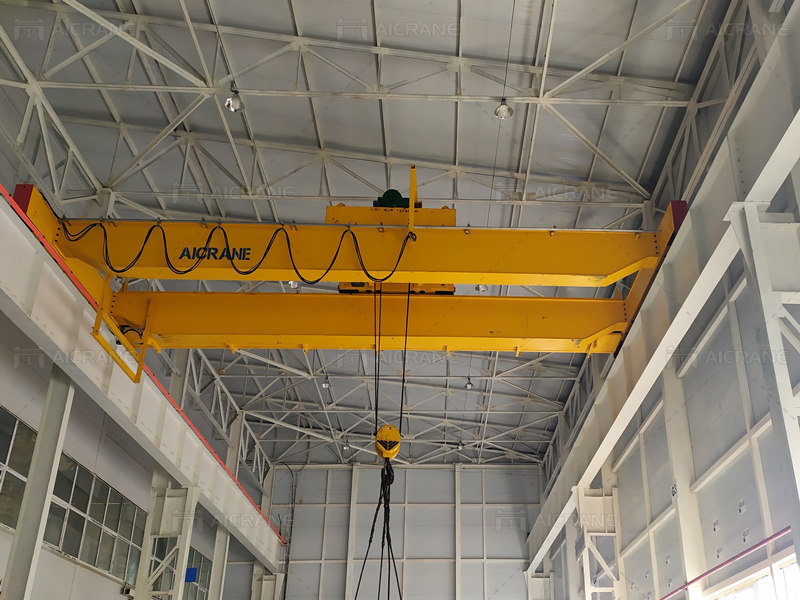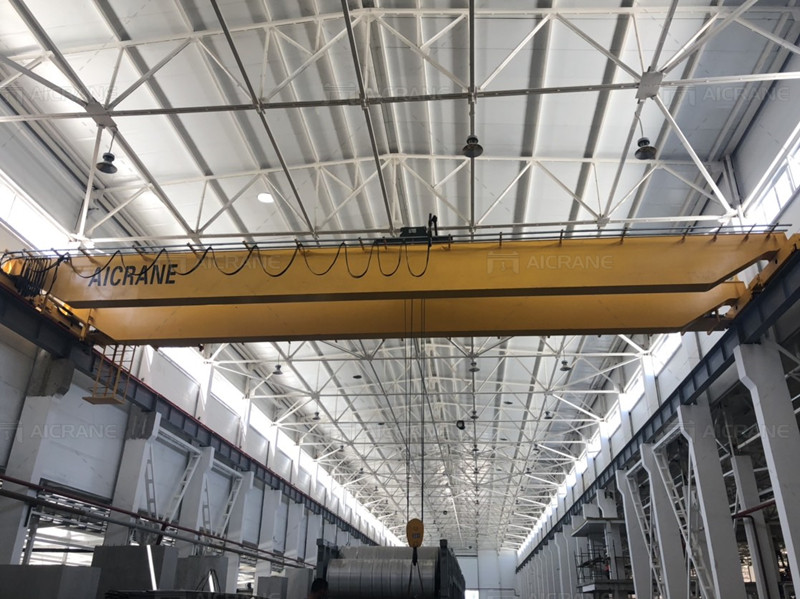Investing in an overhead crane is a significant decision for any business involved in material handling operations. With a multitude of options available in the market, choosing the right overhead crane requires careful consideration of various factors. This buyer’s guide aims to provide comprehensive insights into the key considerations that should guide your decision-making process when exploring overhead cranes for sale.
Understanding Your Material Handling Needs
The first step in purchasing an overhead crane is to understand your material handling requirements thoroughly. Consider factors such as the types of loads you’ll be lifting, their weight and dimensions, the frequency of lifts, and the height and span of the lifting operations. Analyze your workflow to determine whether a single girder or double girder crane would be more suitable, and whether a top-running or underhung configuration fits your space and operational layout.
Assessing Environmental and Operational Conditions
Environmental factors such as temperature variations, humidity levels, and exposure to corrosive substances can impact the performance and longevity of overhead cranes(Кран мостовой электрический). Assess your working environment to determine whether special considerations, such as corrosion-resistant coatings or explosion-proof features, are necessary. Additionally, consider the operational conditions, including duty cycle, speed requirements, and precision of load positioning, to ensure that the chosen crane can meet your performance expectations.

Evaluating Total Cost of Ownership
Consider the total cost of ownership associated with the overhead crane you intend to purchase. This includes not only the initial purchase price but also ongoing maintenance, repair, and operational costs. Choose a crane that offers a balance between upfront investment and long-term value, taking into account factors such as energy efficiency, maintenance requirements, and availability of spare parts and technical support.
Customization and Adaptability
Look for overhead cranes that offer customization options and adaptability to accommodate your specific needs and future growth. Consider features such as variable speed controls, adjustable lifting heights, and compatibility with auxiliary equipment such as radio controls or automated systems. Additionally, assess the availability of upgrades and retrofitting options that can enhance the crane’s performance(Мостовой кран 60 тонн) and functionality as your operations evolve.
Reputation and Support from Manufacturer
Select a reputable manufacturer or distributor with a proven track record of delivering high-quality overhead cranes and providing excellent customer support. Research customer reviews, testimonials, and references to gauge the manufacturer’s reputation and reliability. Ensure that they offer comprehensive warranty coverage, technical assistance, and training for operators and maintenance personnel.
Understanding Different Types of Overhead Cranes
The first step in the buying process is to understand the different types of overhead cranes available in the market. Common types include bridge cranes (single girder and double girder), gantry cranes, jib cranes, and workstation cranes. Each type has its own set of advantages, applications, and limitations, so it’s crucial to evaluate which type best suits your material handling requirements and operational environment.
Assessing Load Capacity and Span Requirements
Determining the load capacity and span requirements is essential when selecting an overhead crane. Evaluate the maximum weight of loads to be lifted and transported, as well as the distance they need to travel. Consider factors such as load distribution, lifting height, and any future growth in load capacities to ensure that the chosen crane can handle your current and future material handling needs effectively.
Considering Operational Environment and Conditions
The operational environment plays a significant role in determining the suitability of an overhead crane(Козловой кран 100 тонн). Assess factors such as temperature variations, humidity levels, corrosive substances, and potential exposure to explosive or hazardous materials. Choose a crane with appropriate features and materials, such as corrosion-resistant coatings, explosion-proof components, or special insulation, to withstand the specific environmental conditions of your facility.

Assessing Maintenance Requirements and Lifecycle Costs
Consider the maintenance requirements and lifecycle costs associated with the overhead crane. Choose a crane that is easy to maintain and service, with readily available spare parts and support from the manufacturer or authorized service providers. Evaluate factors such as energy consumption, maintenance schedules, and potential downtime for repairs or replacements to estimate the long-term operational costs accurately. Visit website:https://www.aicrane.ru/
Seeking Expert Advice and Support
Finally, seek expert advice and support from reputable crane manufacturers, distributors, or consultants to guide you through the purchasing process. They can provide valuable insights, recommend suitable crane configurations based on your requirements, and assist with site evaluations, installation, and training for operators and maintenance personnel.
Purchasing an overhead crane requires careful consideration of various factors, including material handling needs, environmental conditions, safety features, total cost of ownership, customization options, and support from the manufacturer. By following this buyer’s guide and conducting thorough research, you can make an informed decision that aligns with your business requirements and objectives. Investing in the right overhead crane can optimize your material handling operations, enhance workplace safety, and drive efficiency and productivity in your business.